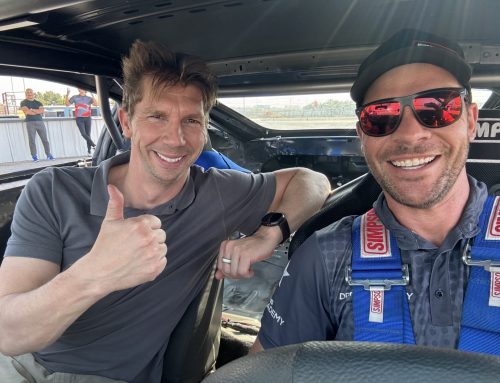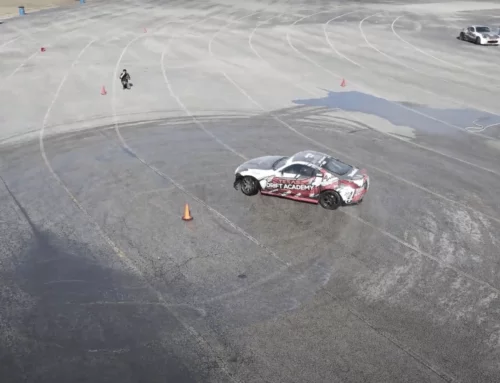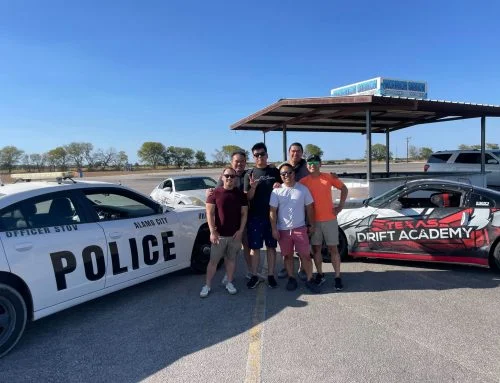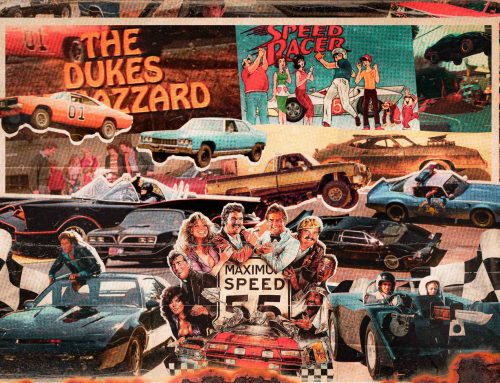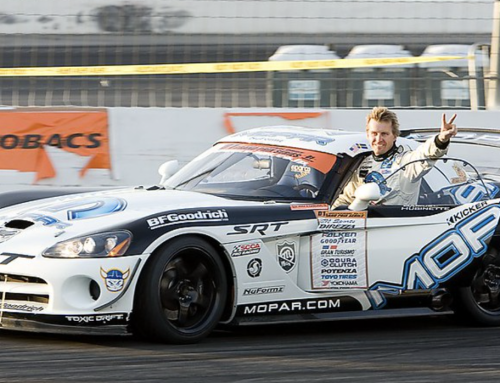Try this new habit next time you’re daily driving…
Imagine a horizontal line about ⅓ up from the bottom of your windshield. As you drive on streets and highways, try to keep your eyes ABOVE that line (especially at higher speeds). In other words, try to keep your vision focused on the top ⅔ of your windshield. Look ahead further than the car in front of you. Look through the next turn. Occasionally scan the area, left and right, seeing more than what’s right in front of you. Move your head to check your mirrors once in a while. Get situational awareness. Know the four corners of your car.
Develop these habits and I promise you will drive more confidently, smoother, and avoid accidents (or near accidents).
What I describe above is not normal. It is typical to focus on the thing right in front of you. To react to the tail lights. To focus on the corner until you’re through it. Or to look at the thing you do NOT want to hit.
In racing there’s a term called Target Fixation, which is an attentional phenomenon in which an individual becomes so focused on an observed object (be it a target or hazard) that they inadvertently increase their risk of colliding with the object.
Developing better vision habits means looking ahead. Looking around the corner. Looking where you want to go. A car will go where your eyes aim it to go.
Looking ahead when driving slow is not an issue because you can stop near-immediately. But, small increases in speed mean significantly longer braking distances. So when driving fast, such as around a track, looking ahead becomes increasingly important. Your body – and I mean body parts controlling gas, brake, clutch, steering wheel, and gears – reacts to what your eyes have consumed. This is why the car will go – almost naturally – where your eyes go. It’s because your body’s actions react to what the eyes see. If you’re going fast you need the reaction time for your body to follow the eyes to get the car where you want it before it’s too late.
This is often experienced in corners. A driver may focus on the apex they want to hit for that corner. But, if the eyes stay there too long they have not consumed the exit path. Then, the body is not prepared to smoothly add gas and/or straighten steering to achieve an optimal line. This is where most of the speed in racing is gained or lost. And where sliding off the track can occur.
In drifting it is similar. As soon as you initiate a drift your eyes should go to where you want that car to exit. Your pedal input will maintain your angle and your slide to head towards that exit point. You would be for an inside clip (front of car coming close to inside cone) or an outside clip (back of car riding the outside edge of a corner). The earlier you set your angle and turn your attention to that goal, the smoother and more accurate you are on the car hitting that point.
This does not come naturally. It takes practice to develop a habit of the eyes looking ahead. To keep the head turning to make it easier for eyes to focus on the right target. To let peripheral vision do its job as you approach things you’ve already navigated. To avoid fixating at the danger path rather than focus on the recovery path when you’re coming in too hot.
To conclude, enhancing the way you drive begins with a shift in perspective—looking farther ahead than what’s immediately in front of you. By training yourself to direct your gaze upwards and further along your path, you not only improve your overall awareness but also mitigate the risks associated with what racers call Target Fixation. Your car, in an almost uncanny manner, will follow where your eyes lead. It’s important to remember, however, that this change will not occur overnight. Cultivating this habit requires diligent practice and a conscientious commitment to change. It means resisting the natural instinct to focus on the present dangers and instead focus on the recovery path. The rewards of mastering this skill, however, are tremendous, leading to smoother, safer, and more confident driving. So next time you hit the road, remember to look beyond and let your eyes guide your journey.

